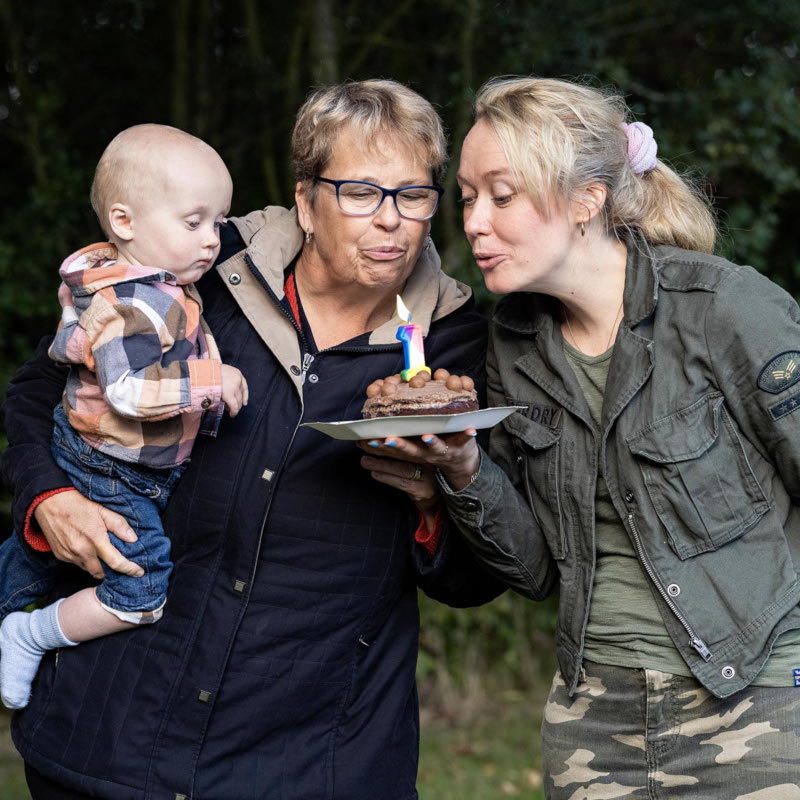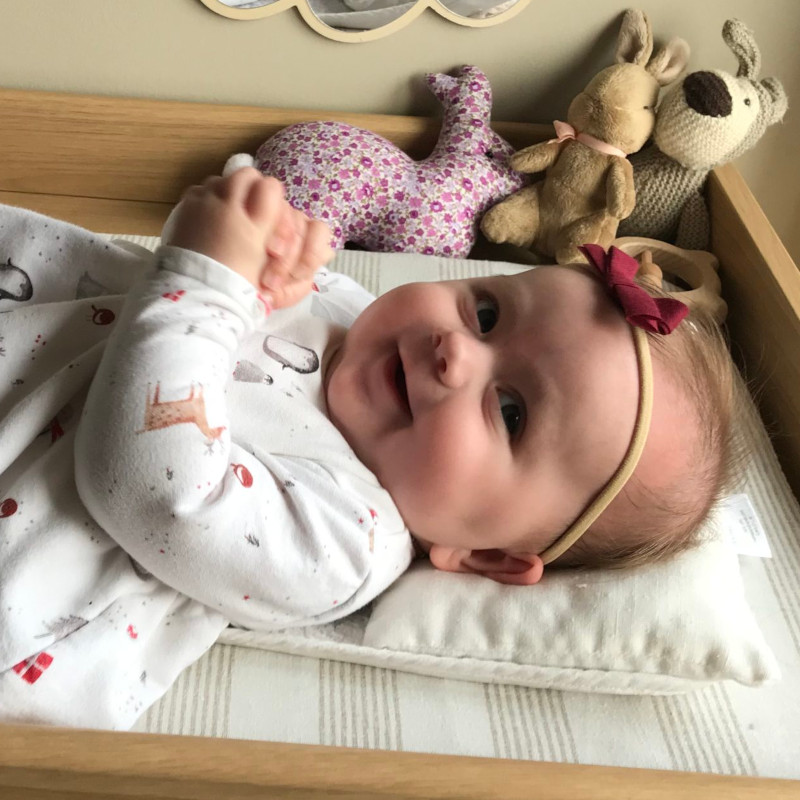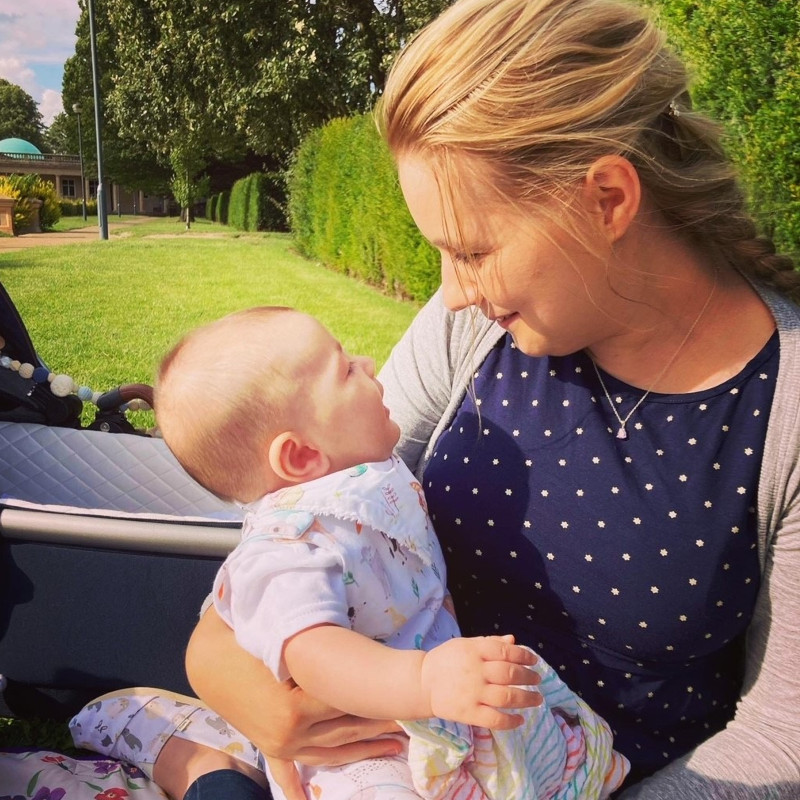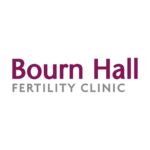As the schools go back, Heidi remembers the pain she felt watching the other mums with their second baby.
“Not being able to get pregnant when I already had a child was a very lonely experience,” she says. “It was difficult for other people to understand how I felt because they would take the view that I should be grateful that I had one child and not get so stressed about being unable to have another.”
It is estimated that around five per cent of the population experience ‘secondary infertility’, which is when a person has difficulty conceiving when they already have a child.
Heidi will be sharing her experiences at a special Fertility Support Group meeting on the 9th September.
Thought it would be easy
Heidi had fallen pregnant with her first child, Logan, within months of getting married to husband James, and so understandably took it for granted that when they wanted to try for another child there wouldn’t be any problems.
“When I got pregnant the first time my periods were really regular,” says Heidi, aged 34. “I had downloaded an app which pinpointed when I was ovulating and I fell pregnant the first time I used it. I was 26 and thought, rather naively, ‘wow this is so easy.’”
“James worked away a lot when Logan was young and I didn’t fancy the idea of being at home with two very young children on my own, so I wanted to try for another child when he was at home more and I felt ready,” she says. “When Logan was nearly three and I had just turned 30 the timing suddenly felt right so we started trying to conceive again … but nothing happened.”
Fertility declines with age and so as a woman gets older the length of time it takes her to get pregnant increases. After 12 months of not conceiving Heidi went to see her GP.
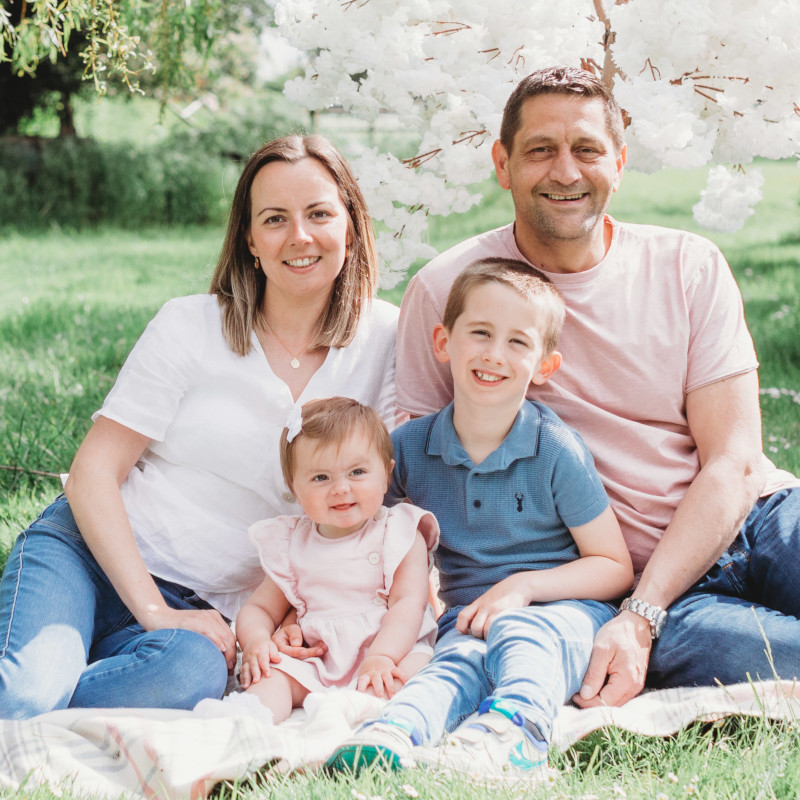
Periods more irregular
Fertility declines with age and so as a woman gets older the length of time it takes her to get pregnant increases. After 12 months of not conceiving Heidi went to see her GP.
“I had got fed up with people telling me to ‘just relax’ when I told them I couldn’t get pregnant,” says Heidi. “Also, my periods, which had always been as regular as clockwork, were becoming a bit more hit and miss.”
Heidi’s GP sent her for hospital tests, where nothing was picked up, whilst James had semen analysis tests which also all came back as normal. “I was put on Clomid for six months but nothing happened. As we already had a child we were not entitled to NHS-funded IVF so we had reached the end of the road with the NHS,” says Heidi. “By this point we had been trying to get pregnant for two years.”
Heidi and James decided to look at their options moving forward and got in touch with Bourn Hall Clinic to explain their situation. “As soon as we contacted Bourn Hall things started moving really quickly,” says Heidi. “To start with I was given ovulation induction medication and we had timed sexual intercourse but still I couldn’t get pregnant naturally.”
Further investigations at Bourn Hall, which treats both NHS and self-funded patients, revealed that James had antibodies in his sperm which may have been a contributory factor in the couple being unable to get pregnant, along with Heidi’s increasingly irregular ovulation. “We were advised that IVF would be our best option,” says Heidi.
Spiralling into despair
Heidi had been full of hope after embryo transfer but when she didn’t fall pregnant at their first IVF attempt she found herself spiralling in to despair.
“I would normally say that I am quite a strong character and there are not many things over the years which have broken me but I have to say that this did,” says Heidi. “It was really tough. I became really reclusive.
“It all became too much. I was trying to be a mum, wife and daughter whilst doing a job where my employers didn’t understand. I was told that I would have to make up any time I took out for appointments and that just added to my stress.”
Four months after the couple’s unsuccessful first IVF attempt they went back for a Frozen Embryo Transfer (FET) using one of the embryos remaining from their first treatment.
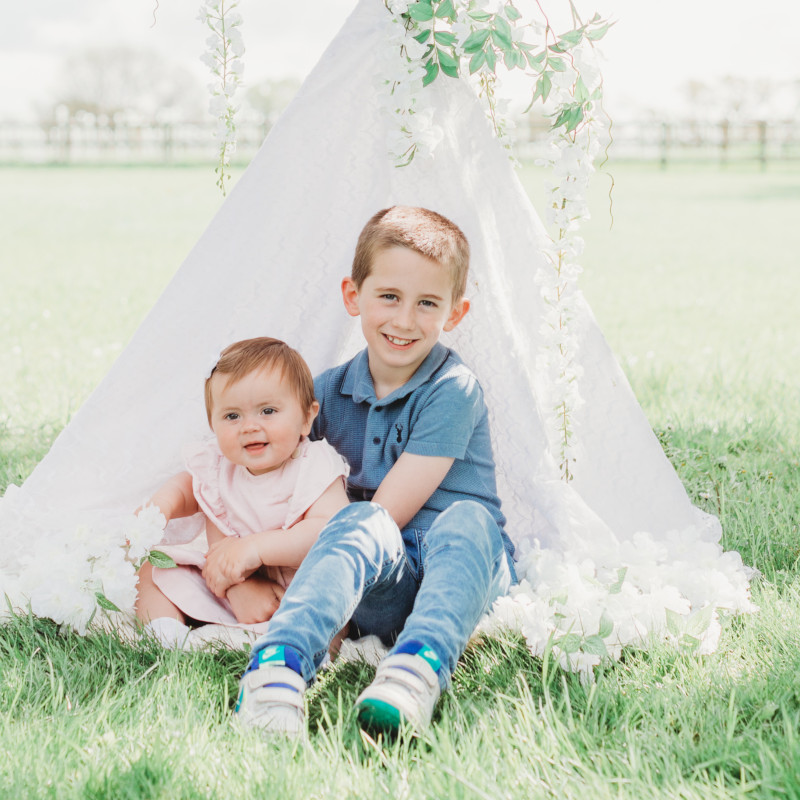
Still anxious
Two weeks later Heidi and James got the news they had been waiting for: Heidi was pregnant – but Heidi admits that whilst she was thrilled she still felt really anxious. “I thought it might be too good to be true,” she admits. “After everything we had been through we almost couldn’t believe we were now at the stage where we might be having another child. I didn’t really relax until after the 20 week scan when we found out that we were having a little girl and were able to break the news to Logan so that he could get excited about the prospect of having a little sister.”
Daughter Emilia was born on 18 July 2020. “Her due date was actually 25 July, exactly a year after my egg collection, and I admit I did cry when I realised that,” says Heidi.
Logan was nearly seven when Emilia was born. “I always worried that the age gap might be too big but now she has arrived I think it is perfect. Logan is such a doting big brother.
“After such a long journey to get to this point I have resigned from my job and plan to be a stay-at-home mum for now. I want to be there for Emilia and do Logan’s school run and generally have a quieter pace of life for a couple of years. “
CS191


